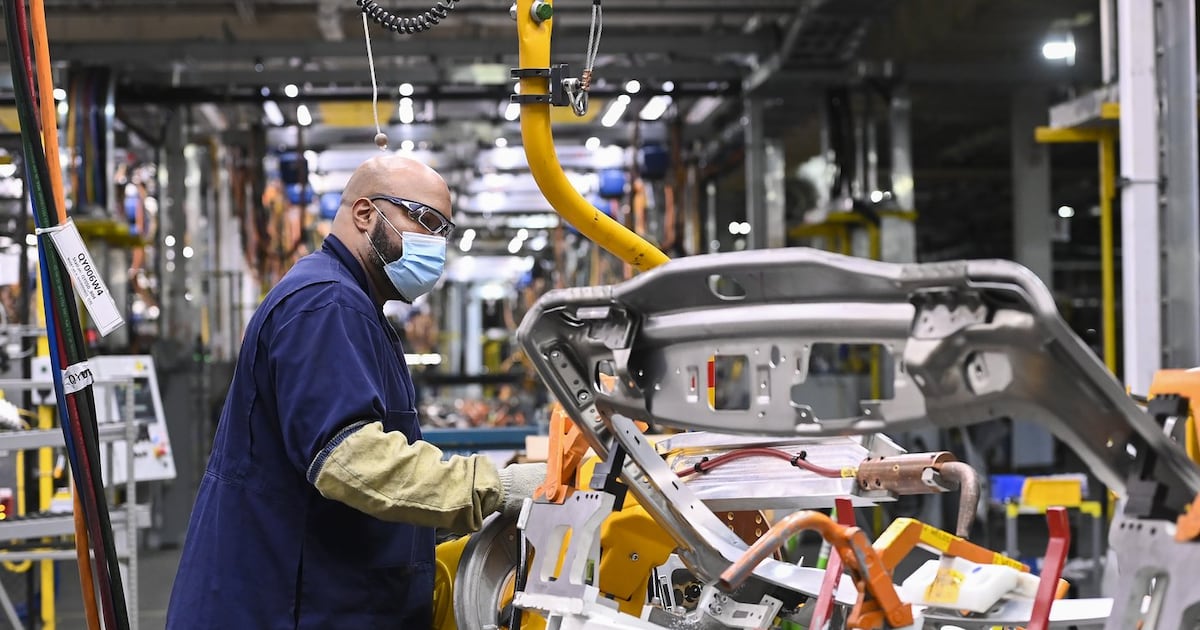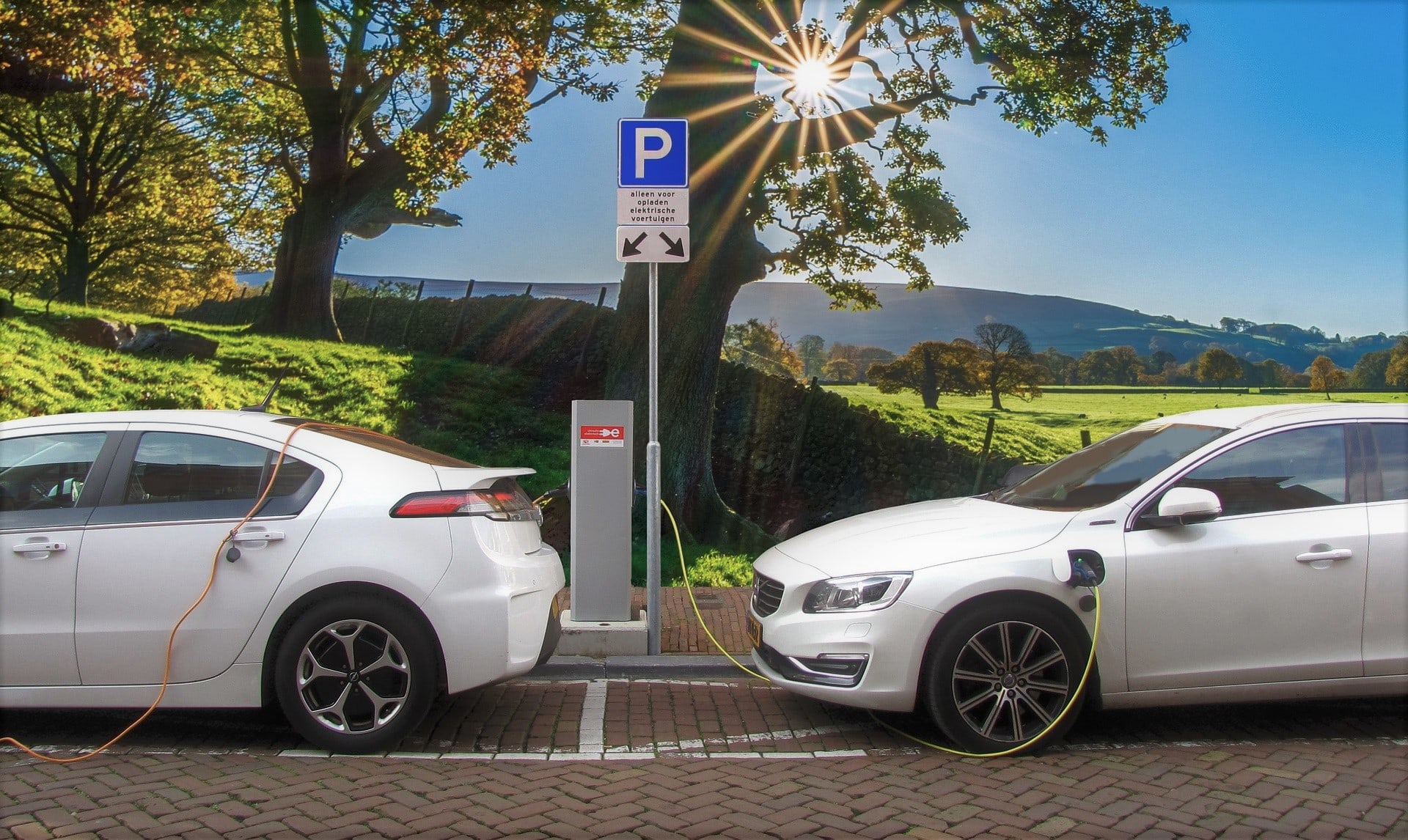AI's Green Revolution: How Artificial Intelligence Could Save Our Planet
Environment
2025-03-26 17:04:11Content

The Rise of AI: A Hidden Environmental Challenge
As artificial intelligence becomes increasingly accessible to the general public, more individuals are integrating AI technologies into their daily routines. While this technological revolution offers unprecedented convenience and efficiency, it comes with a significant and often overlooked environmental cost.
The growing popularity of AI-powered tools and applications means that massive computational resources are being consumed at an unprecedented rate. Each query, each generated image, and each automated task requires substantial energy, contributing to a growing carbon footprint that many users are unaware of.
From chatbots and image generators to complex data analysis tools, the seemingly invisible world of AI is actually powered by energy-intensive data centers and computing infrastructure. As more people embrace these technologies for everyday tasks, the cumulative environmental impact becomes increasingly concerning.
Awareness and sustainable AI development will be crucial in mitigating these potential ecological challenges, ensuring that our technological progress doesn't come at the expense of our planet's health.
The Dark Side of Digital Intelligence: Unmasking AI's Environmental Footprint
In the rapidly evolving landscape of technological innovation, artificial intelligence has emerged as a double-edged sword, promising unprecedented capabilities while simultaneously casting a long shadow over our planet's ecological balance. As digital technologies continue to proliferate, the environmental consequences of AI's exponential growth demand critical examination and urgent attention.Powering Progress, Consuming Our Planet: The Hidden Environmental Cost of Artificial Intelligence
The Carbon Catastrophe of Computational Complexity
The computational infrastructure supporting artificial intelligence represents an unprecedented energy consumption challenge. Modern AI systems, particularly large language models and complex machine learning algorithms, require massive data centers that consume electricity at staggering rates. Research indicates that training a single advanced AI model can generate carbon emissions equivalent to multiple transatlantic flights, creating a substantial environmental burden that often remains invisible to end-users. These computational behemoths rely on extensive server networks, cooling systems, and continuous power supply, generating significant greenhouse gas emissions. The energy-intensive nature of AI development means that each breakthrough in machine learning comes with a corresponding ecological trade-off, challenging the perception of digital technologies as inherently clean or sustainable.Resource Extraction and Electronic Waste: The Unseen Ecological Toll
Beyond energy consumption, AI's environmental impact extends to the complex supply chains required for technological infrastructure. The production of sophisticated computer hardware demands rare earth minerals and metals, often extracted through environmentally destructive mining practices. These extraction processes frequently occur in regions with minimal environmental regulations, causing substantial ecological disruption. Furthermore, the rapid obsolescence of technological equipment contributes to an escalating electronic waste crisis. As AI technologies evolve at breakneck speeds, computing hardware becomes outdated within remarkably short timeframes, generating mountains of electronic waste that pose significant environmental and health risks. Developing sustainable recycling and disposal mechanisms has become increasingly critical in mitigating these long-term ecological consequences.Water Consumption and Data Center Ecological Strain
An often-overlooked aspect of AI's environmental impact involves water consumption. Large data centers require extensive cooling systems that consume millions of gallons of water annually. In regions already experiencing water scarcity, these technological infrastructures compete directly with agricultural and human consumption needs, creating complex ecological and social tensions. The water-intensive nature of AI infrastructure represents a critical challenge in sustainable technological development. As global water resources become increasingly strained, the technology sector must innovate more water-efficient cooling mechanisms and prioritize ecological considerations in infrastructure design.Potential Pathways to Sustainable Artificial Intelligence
Despite these challenges, emerging strategies offer hope for more environmentally responsible AI development. Researchers and technology companies are exploring renewable energy-powered data centers, more energy-efficient computing architectures, and advanced algorithmic designs that minimize computational requirements. Green computing initiatives are gaining momentum, with leading technology firms committing to carbon-neutral operations and investing in innovative solutions that reduce the environmental footprint of artificial intelligence. These efforts represent crucial steps toward reconciling technological advancement with ecological preservation.Global Policy and Technological Accountability
Addressing AI's environmental challenges requires comprehensive global cooperation. Policymakers, technology companies, and environmental experts must collaborate to establish robust frameworks that mandate sustainable practices in AI development and deployment. Transparent reporting of carbon emissions, incentivizing green technological innovations, and developing stringent environmental standards for digital infrastructure will be essential in mitigating the ecological risks associated with artificial intelligence's continued expansion.RELATED NEWS
Environment

Green Concerns Sidelined: Trump's Transportation Chief Blocks Environmental Justice in Infrastructure Planning
2025-03-10 18:58:07
Environment

Nuclear Tensions Rise: Michigan Locals Demand Environmental Scrutiny Before Palisades Restart
2025-02-15 10:00:00
Environment

Massive Layoffs Loom: GM's Oshawa Plant Faces Dramatic Workforce Reduction
2025-05-02 15:43:44





